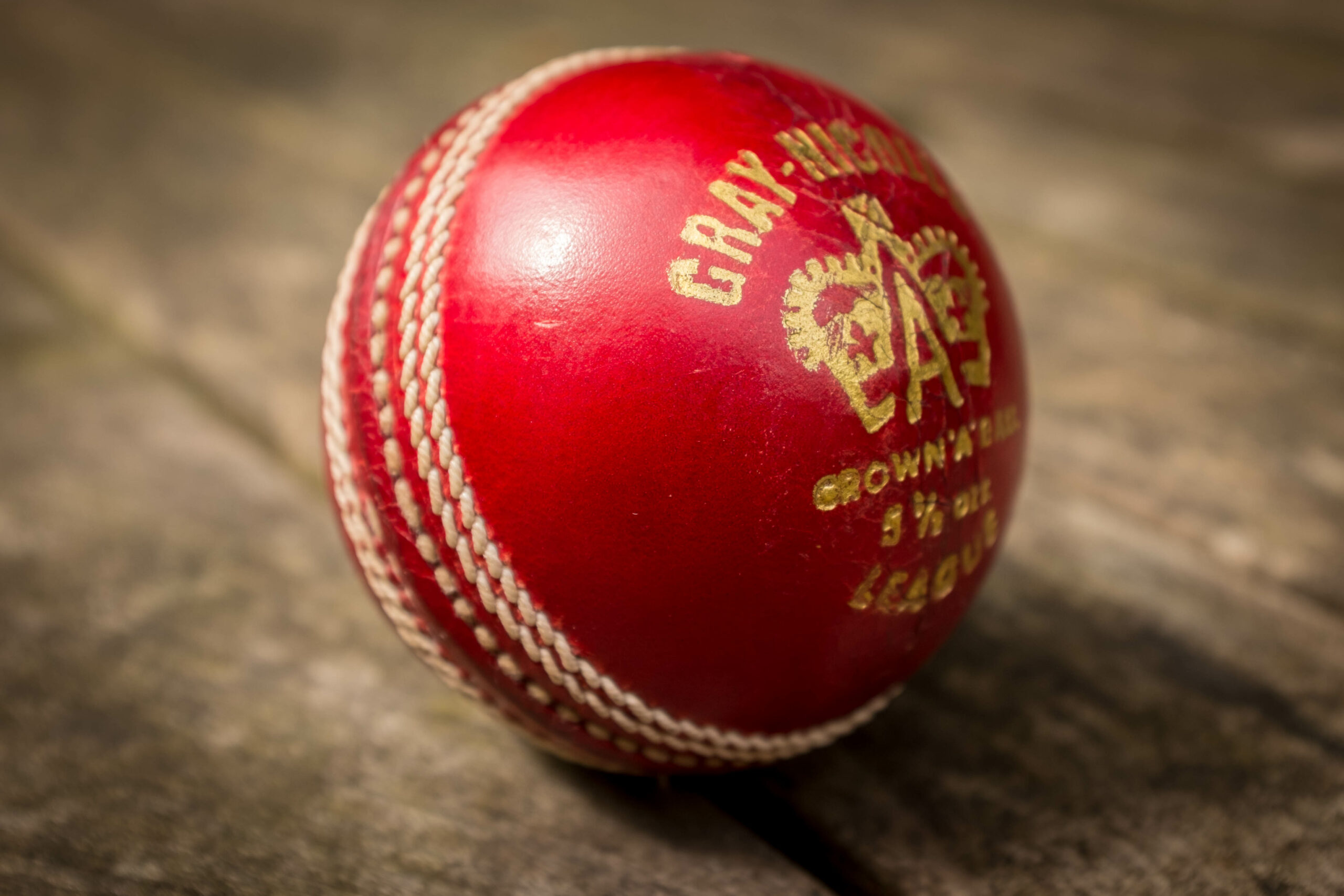Cricket, often referred to as a gentleman’s game, is a sport rich in tradition, strategy, and innovation. Among the numerous bowling techniques that have shaped the game’s evolution, one of the most deceptive and intriguing is the “googly.” Used by leg-spin bowlers, the googly has baffled even the most accomplished batsmen over the decades. But what exactly is a googly? How is it different from a regular leg-spin delivery? And who first introduced this tricky ball to the world of cricket?
This article explores the history, mechanics, and legendary impact of the googly in cricket, including the story of its inventor and how it has influenced modern-day spin bowling.
What is a Googly in Cricket?
Definition and Basic Concept
A googly is a type of delivery bowled by a leg-spin bowler. While a typical leg-spin ball turns from the leg side to the off side (for a right-handed batsman), the googly does the exact opposite. Despite being delivered with a leg-spinner’s action, the googly spins from off to leg, behaving like an off-spin delivery.
This deceptive turn often confuses batsmen, who expect the ball to spin away from them but find it coming back in instead. The googly is also known by other names, such as the “wrong’un” in English or “bosie” in Australian slang.
How It Differs from Leg Spin
-
Leg Spin: Spins from leg to off for a right-handed batsman.
-
Googly: Spins from off to leg, opposite of the expected trajectory.
-
Deception: Delivered with a similar arm and wrist action as a leg-spinner, making it hard to detect.
The key to a successful googly lies in the bowler’s ability to disguise the variation without altering the delivery action significantly.
The Inventor of the Googly: Bernard Bosanquet
Early Life of Bernard Bosanquet
The googly was invented by Bernard James Tindal Bosanquet, an English cricketer born on October 13, 1877, in England. A brilliant all-rounder, Bosanquet played for Middlesex and later represented England in Test matches. He was known for his innovation and experimentation in the game.
The Invention of the Googly
The origins of the googly trace back to the late 1890s and early 1900s. Bosanquet was initially fascinated with a game called “Twisti-Twosti,” a casual table-top game involving a rubber ball. He experimented with various ways to spin a ball unpredictably, eventually trying the concept on a cricket pitch.
By using a unique wrist action, he managed to produce a delivery that looked like a leg-spin ball but turned in the opposite direction. After refining the technique, he began using it in competitive matches, often leaving batsmen stunned and puzzled.
First Use in Competitive Cricket
Bosanquet first used the googly in first-class cricket during a match for Middlesex. His new delivery proved so effective that it soon became his signature weapon. He later introduced it in international cricket, most notably during the 1903-04 Ashes series in Australia.
His googlies were instrumental in England’s victories and earned him recognition as one of the most innovative bowlers in the history of the game.
Mechanics of a Googly
The Grip and Wrist Action
The googly is bowled with the same grip as a leg-spin delivery. The ball is held between the fingers, and the wrist plays a crucial role in imparting spin. However, unlike the conventional leg-spin, the wrist is rotated sharply at the point of delivery to produce an inward spin.
The bowler’s palm usually faces slightly more toward the batsman, and the release involves a flicking motion that causes the ball to deviate in the opposite direction of a normal leg-spinner.
Key Technical Elements
-
Grip: Similar to leg-spin
-
Release: Wrist rotated inward to generate opposite spin
-
Deception: Hidden by maintaining the same arm and body motion as a standard leg-spin
Importance of Deception
The googly’s effectiveness hinges on the bowler’s ability to hide the wrist and hand movement at the point of delivery. Experienced batsmen look for subtle cues, such as changes in the bowler’s wrist position or the angle of release, to detect variations. Therefore, mastering the disguise is essential for any leg-spinner wishing to bowl an effective googly.
Evolution and Adaptation Over Time
Early Use and Global Spread
After Bosanquet’s innovation, the googly spread rapidly across the cricketing world. Bowlers from Australia, South Africa, and India began adopting the technique. One of the most famous early adopters was Reggie Schwarz of South Africa, who learned the googly from Bosanquet and taught it to other bowlers in his national team.
By the 1910s, the googly had become a staple in the arsenal of many leg-spinners across the globe.
The Golden Era of Googly Bowlers
The mid-20th century witnessed a golden era for googly bowlers. Legends like Subhash Gupte, Bhagwat Chandrasekhar, and Abdul Qadir made the delivery a central part of their bowling strategies. These bowlers brought unique variations to the googly, making it even more effective.
Modern-Day Use
Today, the googly is an essential weapon for modern leg-spinners like Shane Warne, Anil Kumble, Rashid Khan, and Yuzvendra Chahal. With the rise of T20 cricket, the demand for deceptive deliveries has grown. Bowlers now employ the googly not just as a surprise weapon but as a regular variation to keep batsmen guessing.
Famous Bowlers Known for Their Googly
Bernard Bosanquet (England)
The inventor of the googly, Bosanquet’s contributions laid the foundation for generations of leg-spinners. His use of the googly during the 1903 Ashes changed how the world viewed spin bowling.
Abdul Qadir (Pakistan)
Often considered the spiritual successor to Bosanquet, Abdul Qadir was a magician with the ball. His googly was nearly impossible to pick and played a crucial role in Pakistan’s dominance in the 1980s.
Shane Warne (Australia)
Although Warne used the traditional leg-break as his stock delivery, his well-disguised googlies played a critical role in his success, particularly in Tests.
Rashid Khan (Afghanistan)
A modern master of the googly, Rashid Khan’s deceptive deliveries have baffled batsmen in leagues around the world. His quick arm action and subtle wrist variations make his googly incredibly hard to detect.
How to Bowl a Googly: Step-by-Step Guide
Step 1: The Grip
Start with a leg-spin grip. Hold the ball between your index and middle fingers with your thumb resting on the seam. The ring finger should provide support from underneath.
Step 2: The Run-Up and Delivery Stride
Approach the crease with a standard run-up. Keep your body balanced and maintain a consistent rhythm. The delivery stride should be identical to your normal leg-spin delivery to avoid telegraphing the googly.
Step 3: Wrist Position
At the point of delivery, rotate your wrist inward so that the back of your hand faces the batsman. This is the most critical part of bowling a googly.
Step 4: Release
Use your fingers to flick the ball while maintaining the inward wrist rotation. The ball should spin in the opposite direction of a leg-spin delivery.
Step 5: Follow-Through
Complete your action naturally. Keep your body movement identical to your regular leg-spin delivery to maintain the deception.
Tips to Master the Googly
Practice Disguise
Use mirrors or video recordings to compare your leg-spin and googly actions. The less noticeable the variation, the more effective the googly will be.
Work on Wrist Strength
Wrist flexibility and strength are crucial. Use exercises and drills specifically targeted to improve wrist rotation.
Mix it Strategically
Don’t overuse the googly. Use it as a surprise weapon after setting up the batsman with conventional deliveries.
Study the Greats
Watch videos of great googly bowlers like Rashid Khan and Anil Kumble to understand variations, angles, and strategies.
Common Mistakes While Bowling a Googly
-
Telegraphing the Delivery: Changing wrist position too early allows batsmen to read the googly.
-
Inconsistent Line and Length: Deception is useless without control.
-
Overuse: Bowling too many googlies makes it easier for batsmen to adjust.
-
Poor Grip or Wrist Mechanics: Results in a half-hearted spin that lacks effectiveness.
The Future of the Googly
Use in T20 and Franchise Cricket
T20 cricket has revived the googly’s importance. Short formats demand creativity and unpredictability, making the googly a must-have weapon in a bowler’s toolkit.
Technological Aid in Training
Coaches and players now use high-speed cameras and biomechanics software to fine-tune googly deliveries. This has led to higher consistency and better disguise.
Women’s Cricket
The googly is also gaining popularity in women’s cricket. Bowlers like Poonam Yadav from India have used the delivery effectively in international matches.
Potential Innovations
Hybrid deliveries such as the “slider” and “zooter” have evolved from the googly. As bowlers continue to innovate, we might see new variants that blend pace, flight, and spin for maximum deception.
Conclusion
The googly remains one of the most fascinating and deceptive deliveries in the history of cricket. Invented by Bernard Bosanquet over a century ago, this crafty variation has stood the test of time, evolving through generations of spin wizards.
From confusing the earliest batsmen to dominating modern T20 leagues, the googly’s journey is a testament to cricket’s ever-evolving nature. For bowlers, it offers a potent tool to outsmart batsmen. For fans, it provides endless moments of awe and admiration.
Whether you’re a budding leg-spinner or a cricket enthusiast, understanding the googly offers deeper insight into the strategic brilliance of the game. As cricket continues to embrace innovation, one thing is certain: the legacy of the googly is far from over.
- Evan Name Meaning - June 5, 2025
- Virginia’s Most Popular THC Infused Drinks - June 5, 2025
- Nebraska’s THC Infused Seltzer Recommendations - June 4, 2025






